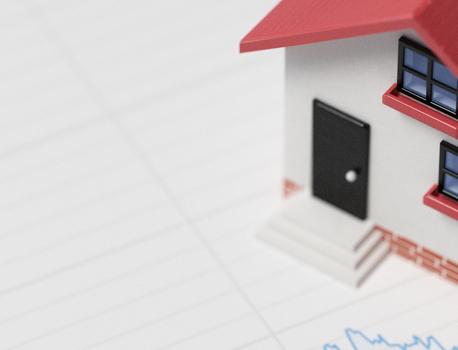Let’s not beat around the bush: Buying a home requires a substantial financial commitment.
There’s the down payment, of course. “On average, you want to have a minimum of 5% to 7% of the cost of the home you’re targeting,” says Jason Harriman, a REALTOR(R) with San Antonio-based Heyl Real Estate Group at Keller Williams Realty. Then, add 3% to 6% more for closing costs, which will vary based on where you live and what taxes your state and city require you to pay.
Tip: Keep in mind if you put down less than 20%, you’ll pay PMI, private mortgage insurance, which protects the lender in case of default. Usually, it’s about $50 to $200 a month. But once you reach a certain threshold on your loan to value ratio, you can cancel PMI.
A healthy credit history is also important. Most borrowers will start to qualify for a mortgage with a minimum score of 620 — but the most competitive interest rates will be offered to those with a score of 700 or above. So if you haven’t started practicing those good credit habits yet, it’s time to start developing them.
One of the trickiest hurdles for young adults, so many of whom are lugging around student loan debt, is the debt-to-income (DTI) ratio. Mortgage companies want borrowers to have a certain level of cash flow each month, and that means taking into account how much you’re paying out to other lenders. Ideally, a borrower’s debt-to-income ratio — how much you pay toward debt each month divided by your gross monthly income — should fall below 36%. (Strictly speaking, a loan is considered able to be paid if the DTI doesn’t exceed 43%.) If yours doesn’t, think about how you can get that debt needle moving in the right direction.
“The best way to do this is to pay off any unsecured debts like credit cards and personal loans, and keep them as close to a zero balance as you can,” says Harriman.
2. Are You Prepared to Make Compromises?
Kathleen Celmins, who manages the personal finance site “Stacking Benjamins,” was financially prepared to manage a mortgage. But once the house hunting began, she quickly realized she was priced out of the homes she had envisioned for herself.
“I originally wanted a single-family home with a yard and in a great neighborhood,” she says. But given her price point, the homes she could afford ended up being in, well, not the greatest neighborhoods. “At one point, we looked at a property that was directly behind a strip club,” she laughs. “We didn’t even go inside.”
After several weeks of searching, Celmins realized she needed to find a middle ground. “In my price range, I could get a not-so-great house in a not-so-great neighborhood. Or, I could get a really cute condominium with a gas range and granite countertops,” she says. “It was something I compromised on. I gave up a yard for having fancy stuff in my condo.”





